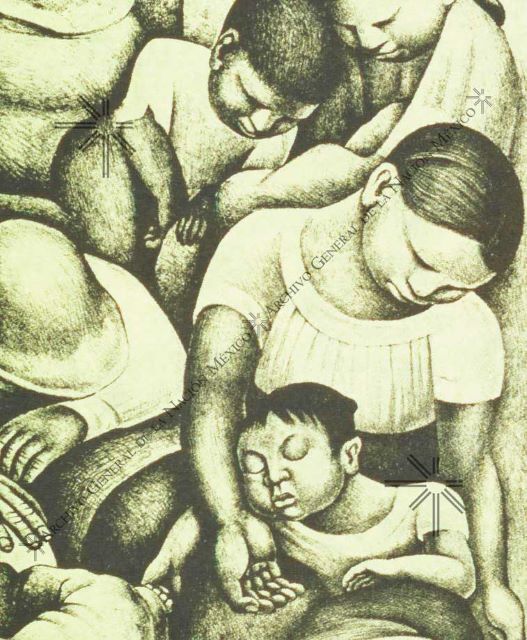The Role of Storehouses During Grain Shortages and Revolts in New Spain
Discover how storehouses (las alhóndigas) were implemented in New Spain to combat food shortages caused by natural and human disasters, and the impact of grain scarcity on the population.





